
Archive
2,561 posts

The growth performance of male layer hybrids fed diets containing different protein sources and protein contents was examined in three fattening trials. As expected, the comparison of the Lohmann Brown (LB) and Lohmann Selected Leghorn (LSL) genotypes with Hubbard JA 757 (HUB) broiler hybrids demonstrated that the male layer hybrids showed a lower fattening performance.…

Future strategies for a dynamic agriculture in French-speaking Switzerland
Agriculture in Western Switzerland is characterised by its broad diversity. For the purposes of this study, Western Switzerland comprises the cantons in which French is spoken (Vaud, Geneva, Neuchâtel, Valais, Fribourg, Jura) and the Bernese Jura region. The aim is to develop global future strategies for this agriculture. In a participatory process with the actors…

Underground teamwork: mycorrhizal fungi for promoting plant growth
Arbuscular mycorrhizal fungi (AMF) play an important role in agriculture, supporting a wide range of crops with nutrients. There is currently a great interest in enhancing crop productivity through field inoculations with AMF. Here, we show how inoculated AMF are able to successfully establish in eight different field soils, increasing the biomass of red clover…

Agronomic potential of a natural fertiliser based on fly larvae frass
A fertiliser has been developed from the digestates (frass) of the larvae of the black soldier fly (Hermetia illucens L.) when fed on plant waste. Produced by BSF Farms, this fertiliser is a rich source of organic matter and macroelements (N, P, K), as well as microelements such as Zn and Cu. Its trace-metal element…

Agroscope apple breeding: methods, results and opportunities for sustainable fruit production
Agroscope apple breeding develops new varieties adapted to the current and future requirements of resilient fruit production. The latest developments in breeding methodology are constantly implemented in order to streamline selection as much as possible. Breeding research at Agroscope, our collaboration with the Chair in Plant Breeding at ETH Zürich and international networking allow for…

Swiss organic barometer: determinants of organic food buying behaviour
Purchasing decisions have a decisive influence on the demand for organic food. In November 2015, the «Biobarometer Schweiz» study (organic barometer Switzerland) surveyed consumers’ purchasing behaviour, using a standardized questionnaire. The aim of the survey was to investigate the factors determining organic food buying behaviour and to determine which aspects are relevant in consumer communication.…

Mineral content of herbage according to its origin (region and altitude)
The aim of this paper was to study the mineral contents of a predefined herbage according to its origin, and to compare them with reference values. The fresh herbage from the first seasonal harvest consisted of mixed a populations with, at least, 50% gramineae, without ryegrass dominance and their growth stage was at begin of…
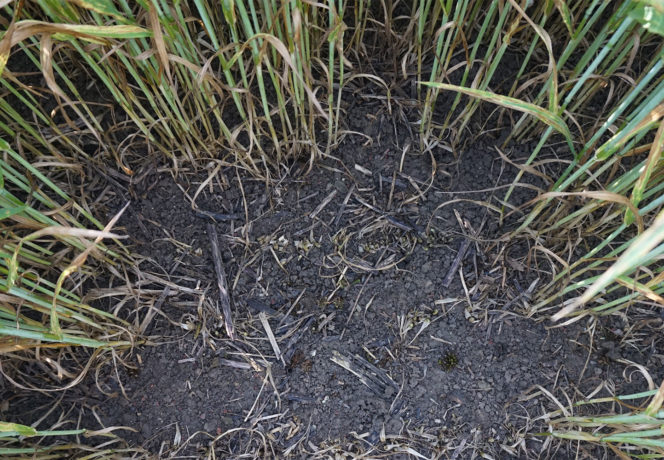
Agri-environmental indicator for soil cover on Swiss farms
This study presents an indicator for soil cover, developed within the framework of the Federal Office for Agriculture agri-environmental monitoring programme. The indicator takes aspects such as crop type as well as cultivation practices such as rotation and tillage into account, incorporating technical data as well as data from crop model simulations. The indicator was…


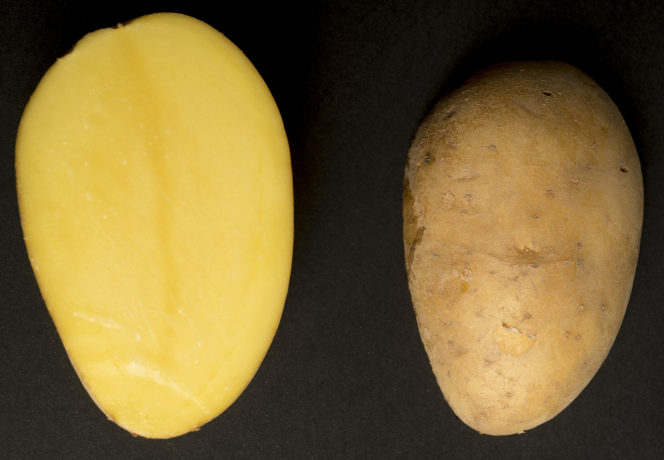
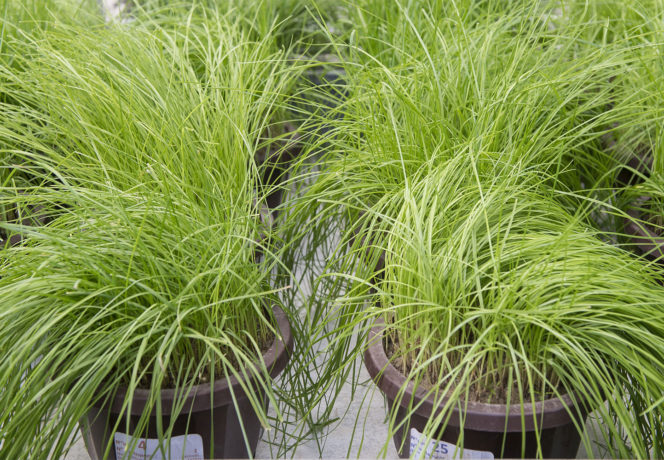
Agronomic potential of ash from recycled wood
The effect of wood ash as a potash fertiliser was tested on perennial ryegrass in a greenhouse. The ash, which was from recycled wood, was spread – in some cases in combination with organic fertilisers – on two types of soil: an acid soil low in available potassium, and an alkaline soil with normal supplies…

Participation in eco-programmes has no clear-cut influence on full-cost coverage
in ecological and landscape conservation programmes and the recompense of all production factors used on the farms is investigated using full-cost calculations. Accountancy data and an allocation of the overhead costs using keys based on the composition of a farm’s gross output constitute the underlying data of the study. The analytical value-added of the full-cost…

Heterogeneity in compliance costs of agri-environmental measures
In Switzerland, farmer’s compliance costs of participating in voluntary agri-environmental measures are supposed to be compensated by direct payments. Information about these compliance costs can inform policy makers about the effectiveness and efficiency of the corresponding policy scheme. In this study, we calculate average compliance costs based on full-cost accounting and Monte-Carlo simulation of payments…
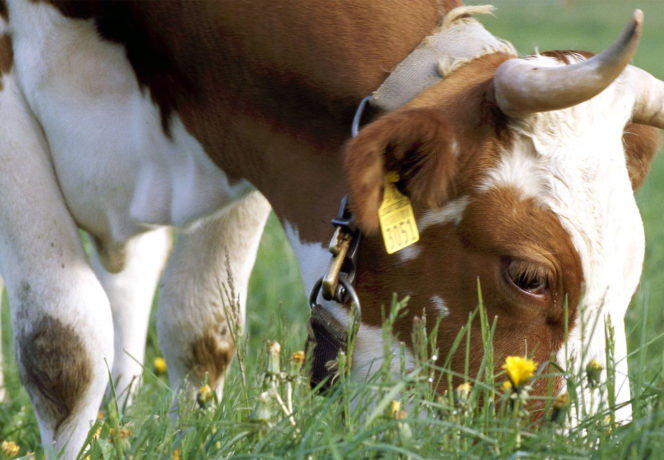
What do ecological and landscape conservation services cost?
Participation in voluntary ecological or landscape conservation programmes incurs production and opportunity costs which can vary significantly depending on farm structure and region. Precise knowledge about the level of the individual-farm performance costs helps agricultural-policy decisionmakers to set and calculate direct-payment contributions for the programmes in a focused manner. This paper quantifies the performance costs…

Biodiversity and productivity in agriculture
Concerns exist about the rapid decline of biodiversity in agroecosystems. However, we need arable land and the related landscapes to cover a high percentage of basic food supply in our society. Contrary to feed production in grasslands, arable crops need to develop specified harvestable organs before harvest is possible. Thus, the cultivation of crops in…

An incentive tax on nitrogen loss in Swiss agriculture?
Over the past two decades, Swiss agriculture has made almost no progress in dealing with its nitrogen surplus which is perhaps the sector’s main sustainability problem. One possible way to solve this problem would be to implement a market-based policy instrument that decreases the nitrogen surplus in a cost-efficient manner on the basis of a…
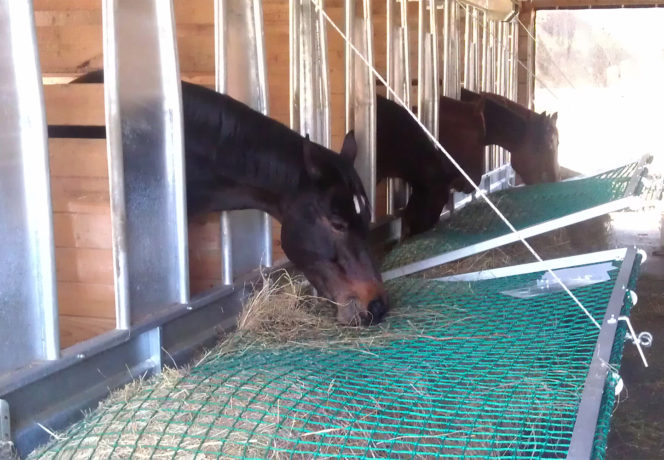
Slow feeding systems for horses: feeding times and lying behaviour
Free-living equids spend the greater part of the day grazing – roughly sixteen hours out of every twenty four. With two to three rationed portions of roughage a day, the behaviour of conventionally fed domestic horses is strongly affected. The aim of the present paper was to examine whether a different number of feeds influenced…

New guide values for the nutrient excretions of pigs
In the framework of the current revision of the Swiss Fertilizer Guidelines (SFG) the guide values for nutrient excretion of pigs were checked and adapted to current production practice. The principle used for calculating excretions is input in feed minus retention in in the growth of piglets and young sows. For fattening pigs all the…

Food safety of cheese: process for the treatment of cheesemaking milk
In the manufacture of traditional types of cheese, the processing of fresh milk that has been treatedas gently as possible is of crucial importance. Preserving the microbiome and the activity of the original enzymes in the raw milk to the greatest extent possible allows these cheeses to retain their original character. This objective conflicts with…
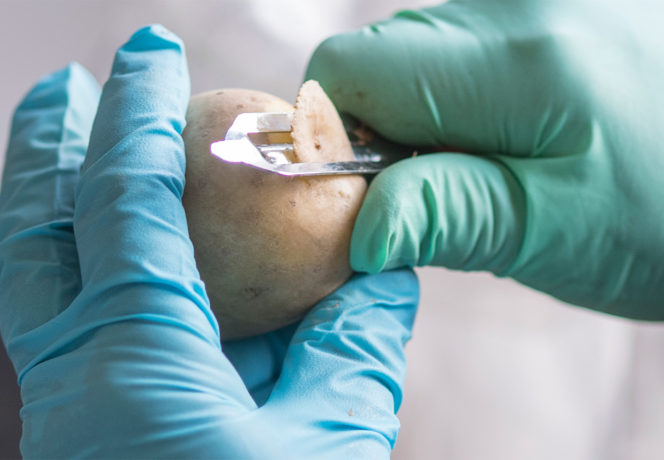
High-throughput molecular diagnostics for detecting potato-plant viruses
Every year, Agroscope inspects almost 300 000 tubers for the presence or absence of viruses in order to certify potato plants destined for Swiss producers. From 2016 onwards, this inspection has been performed using real time polymerase chain reaction (RT-PCR) on dormant tubers right after the harvest. The new method allows results to be obtained…
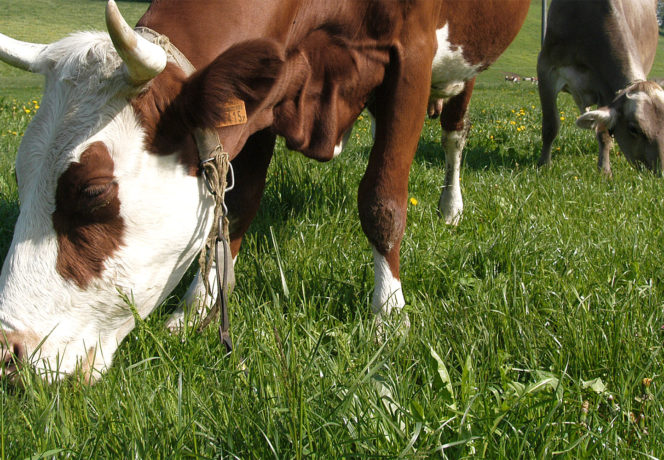
Analysis of pasture-based- or indoor-feeding-dairy production on the net contribution to human food supply
In a whole-system study in lowland of Central Switzerland from 2007 to 2010 compared the performance, efficiency, land productivity and profitability of indoor-feeding (SH) dairy production with that of pasture-based feeding (VW) dairy production. In the present study the net contribution of these systems to human food protein and energy supply was analysed. Depending on…
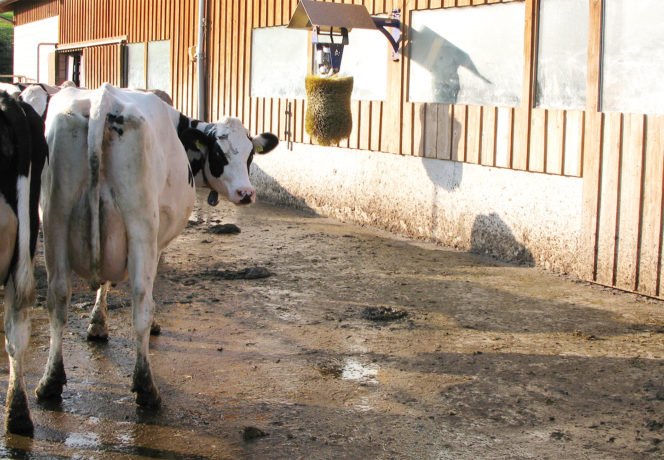
Comparison of the odour impact of cattle housing with and without an outdoor exercise area
Outdoor exercise areas in loose cattle housing systems represent close-to-the-ground emission sources. Previously, outdoor exercise areas were not taken into account when calculating the minimum distance to residential zones. The aim of these studies was to highlight any possible effect of outdoor exercise areas with solid flooring on odour impact. For this, the odour impact…

Silage quality of catch crops
Although catch crops contribute to additional feed production, they are also considered to be difficult to ensile. In a trial, the ensilability and silage quality of the two standard mixtures 101 and 106 as well as mixtures with black oats, sorghum and foxtail millet were investigated. In addition to variants without an additive, we also…
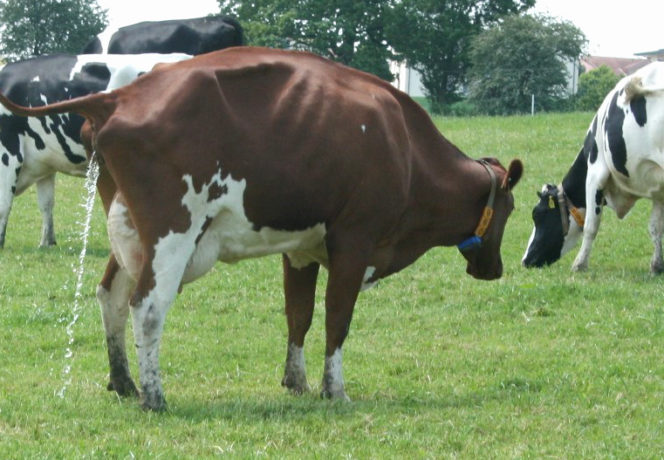
New guide values for the nutrient excretions of dairy cows
In the framework of the current revision of the Swiss Fertilizer Guidelines (SFG) the guide values for nutrient excretion and forage consumption of dairy cows were checked and adapted to current production practice. The principle used for calculating excretions is input in feed minus retention in milk, calf and growth. A model based on the…

Differences between organic dairy cows sired by artificial insemination and natural service
This study investigated differences between phenotypes of daughters of artificial insemination (AI)-bulls and daughters of natural service (NS)- bulls, respectively, on organic dairy farms in Switzerland. Organic rules recommend the use of natural mating. Therefore it is of interest whether those two groups of phenotypes show different characteristics on organic farms. Only farms using both…

Can water voles be controlled with vole fences?
Fossorial water voles are the major grassland pest north of the Alps. Highly prolific, they are able to spread rapidly across the countryside. Although migration barriers or so-called ’water-vole fences’ can be built to prevent their expansion, the farm area under grassland is usually far too large to be fully fenced with such barriers. Between…

Administrative simplification in agriculture: analysis and optimisation approaches
In addition to their own record-keeping as part of management and planning activities, farmers are nowadays obliged to record data and fill in forms for statistical purposes as well as for the disbursement of government or label-related funding. Two surveys of 26 Swiss farms with different agricultural activities conducted in 2012 and 2015 revealed that…

Digestibility of power maize silage fed alone or in mixed rations
Power maize silage (WPMC) – a mixture of whole-plant maize and cobs used in cattle fattening – has different characteristics from whole-plant maize (WPM). A digestibility test was carried out to determine the nutritional value of WPMC, study the influence of the composition of the ration and verify the application of equations predicting digestibility. Four…

Réglette azote colza®: a decision support tool for rapeseed N management adapted for Switzerland
The Réglette azote colza® is a decision support tool for rapeseed nitrogen fertilization, developed by the French institute Terres Inovia. This tool was designed to determine the nitrogen dose the most adapted to the needs of the crop, based on the rapeseed status at the beginning and at the end of the winter. The parameters…